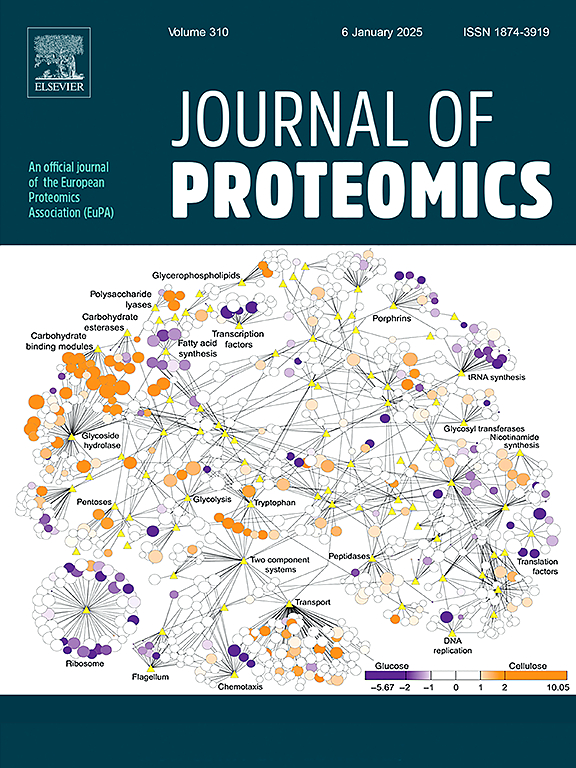“Phosphoproteomic quantification based on phosphopeptide intensity or occupancy? An evaluation based on casein kinase 2 downstream effects”
Abstract
Quantitative phosphoproteomic data has mostly been reported from experiments comparing relative phosphopeptides intensities in two or more different conditions, while the ideal parameter to compare is phosphopeptides occupancies. This term is scarcely used and therefore barely implemented in phosphoproteomics studies, and this should be of concern for the scientific journals. In order to demonstrate the relevance of this issue, here we show how the method of choice affects the interpretation of the data. The phosphoproteomic profile modulated in two AML cell lines after CK2 inhibition with CIGB-300 or CX-4945 is shown. Following the downstream action of CK2 the phosphosite intensity and occupancy results were compared to validate the best approach for quantitative phosphoproteomic studies. Even when the total number of quantified phosphopeptides was higher by using the intensity calculation, in all the cases the percent of CK2 consensus sequences which were down-regulated in response to CK2 inhibition was higher using the phosphosite occupancy quantification. To note, a high number of CK2 consensus sequences was found down-regulated with at least a 10% or 15% of phosphosite occupancy variation illustrating that low thresholds of occupancy modulation might be indicative of biological effect. Additionally, several biological processes only appear significantly over-represented in the phosphoproteome quantified by occupancy. The functional enrichment analysis per ranges of occupancy variations also illustrated clear differences among AML cell lines subjected to CK2 inhibition by CX-4945. A low overlap between the phosphoproteomes quantified by intensity and occupancy was obtained illustrating that new developments in proteomics techniques are needed to improve the performance of the occupancy approach. Even in such context, results indicate that occupancy quantification performs better than phosphorylation quantification based on intensity reinforcing the importance of such quantification approach to describe phosphoproteomic data.

 求助内容:
求助内容: 应助结果提醒方式:
应助结果提醒方式:


